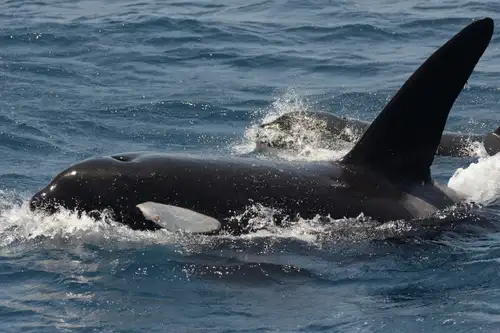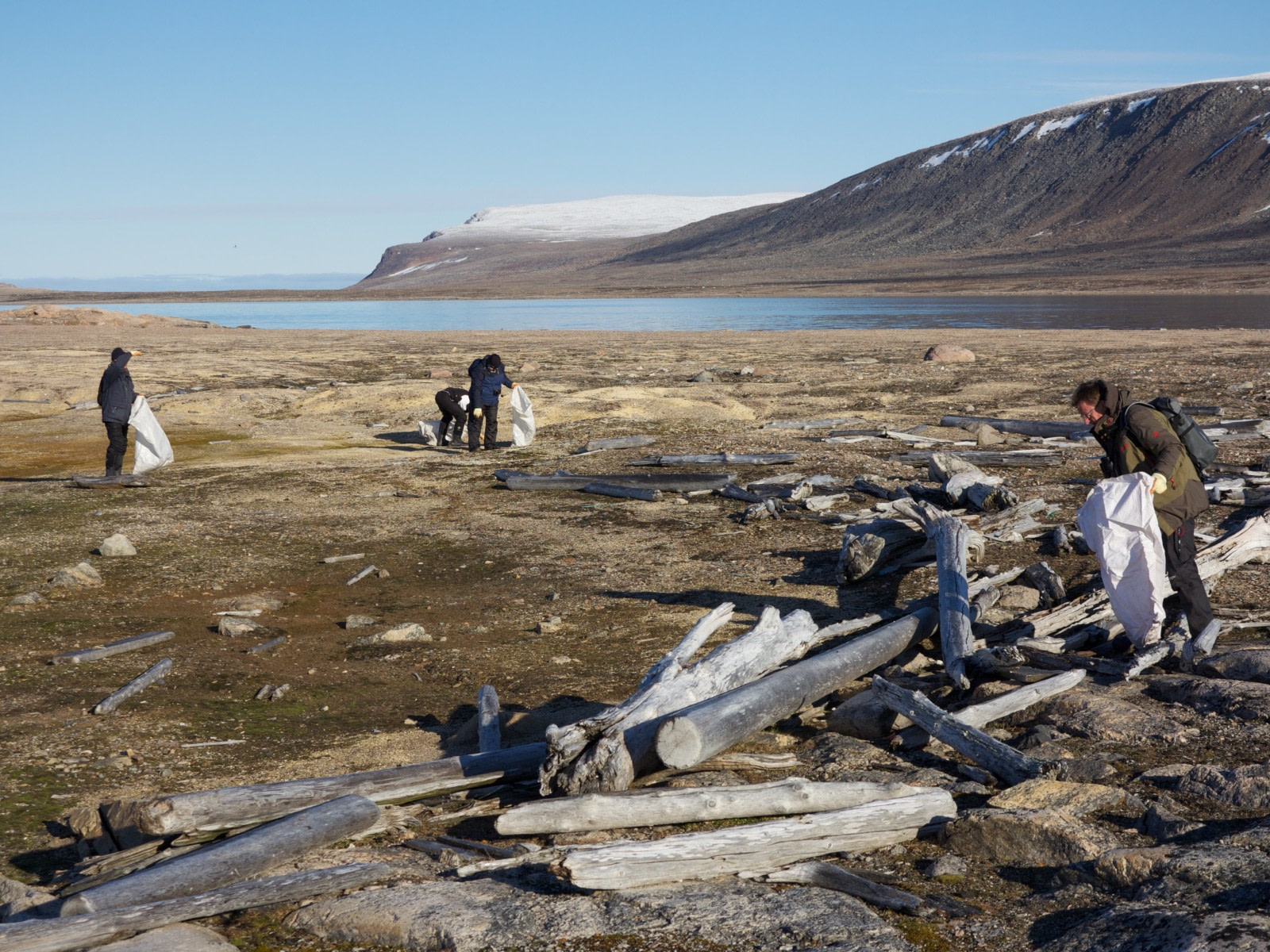It doesn’t make much sense for expedition travel if every time we visit the polar regions we leave them worse than we found them. And that’s just considering things from a purely human perspective, which we don’t.
The polar bears, penguins, whales, seabirds, and other animals that depend on these regions surely have much more to say on this issue – and with a lot more expletives.
Taking their health and happiness into account, we strive to implement the most environmentally friendly mode of travel we can, ensuring those who cruise with us that they’re enjoying the polar terrain in the kindest way possible.
Here are a few ways we do this.
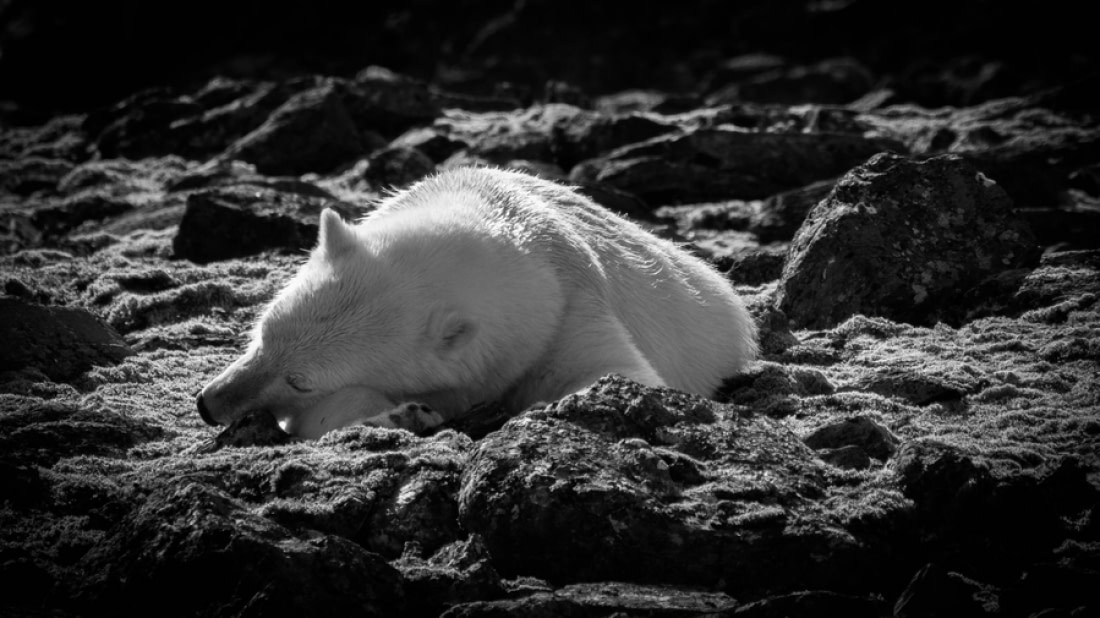
It starts with the ships
More even than the expedition groups hiking the icy shorelines or kayaking the berg-bejeweled bays, it’s the vessels visiting the polar regions that leave the largest footprint.
This is not just due to their size, but also their numbers: In the 2017-18 season, there were almost 60,000 tourists who visited Antarctica alone, and most of them got there by ship. Indeed, that’s usually the only way to get to these remote locations.
So if the ships aren’t green, neither is the environment.
We seek to mitigate this impact by offering a traditional sailing vessel carrying 33 passengers. And our newest vessel, m/v Hondius, was designed from the ground up to employ only the latest green technology.
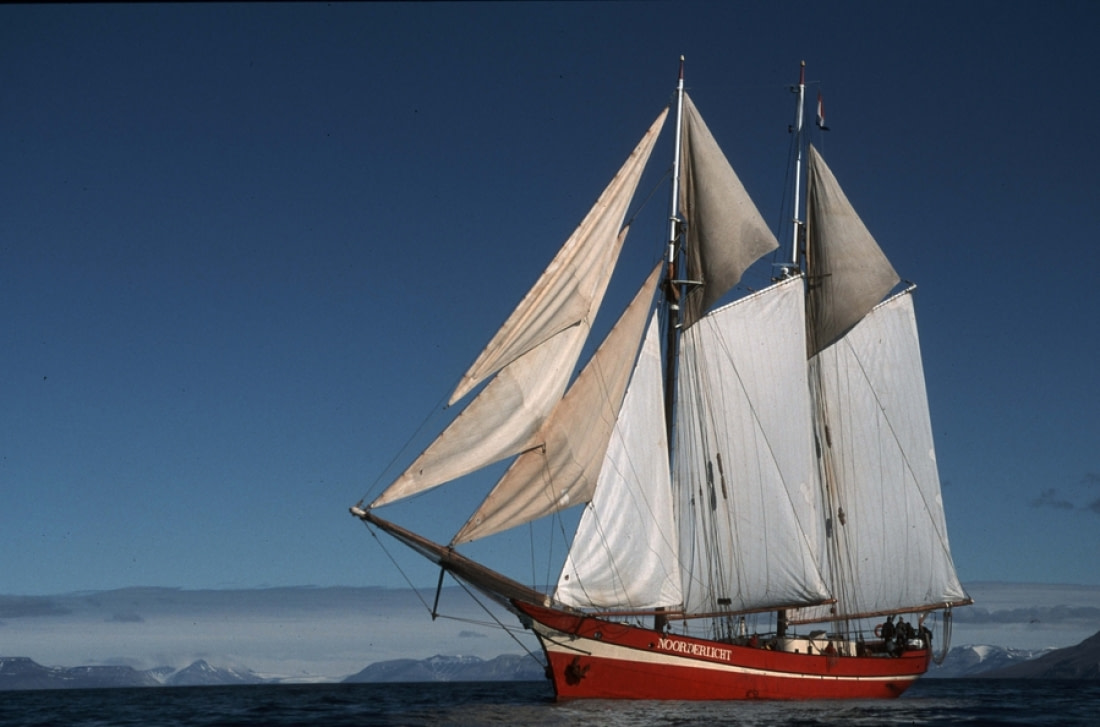
Using LED lighting, steam heat, biodegradable paints and lubricants, and flexible power management systems that keep fuel consumption and CO2 levels low, Hondius will be one of the world’s most environmentally safe ships when it launches in the summer of 2019.
Additionally, next year we’re installing two new engines in our vessel Ortelius. These low-emission engines, like those in our other motorized vessels, comply with all the latest legislation.
We are also phasing out single-use plastics aboard our ships, opting instead for reusable water bottles included in each berth. Passengers can fill these bottles with desalinated water taken directly from the sea, further minimizing impact on the planet.
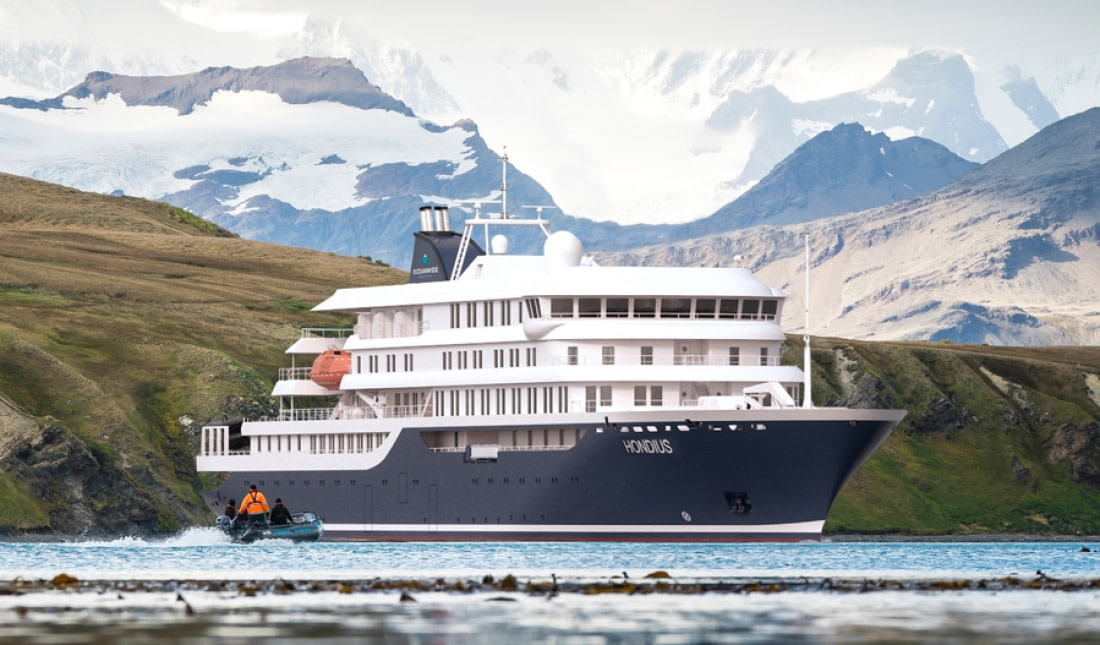
Cleaning polar beaches (and preventing contamination)
On top of making sure the ships are creating less pollution, it’s just as important to remove the pollution that’s already in the environment.
The bulk of Arctic waste washes to the shoreline, polluting feeding grounds. But in 2018, members of the Associated of Arctic Expedition Cruise Operators (AECO) led 128 beach cleanups that eliminated over 40 tons of refuse.
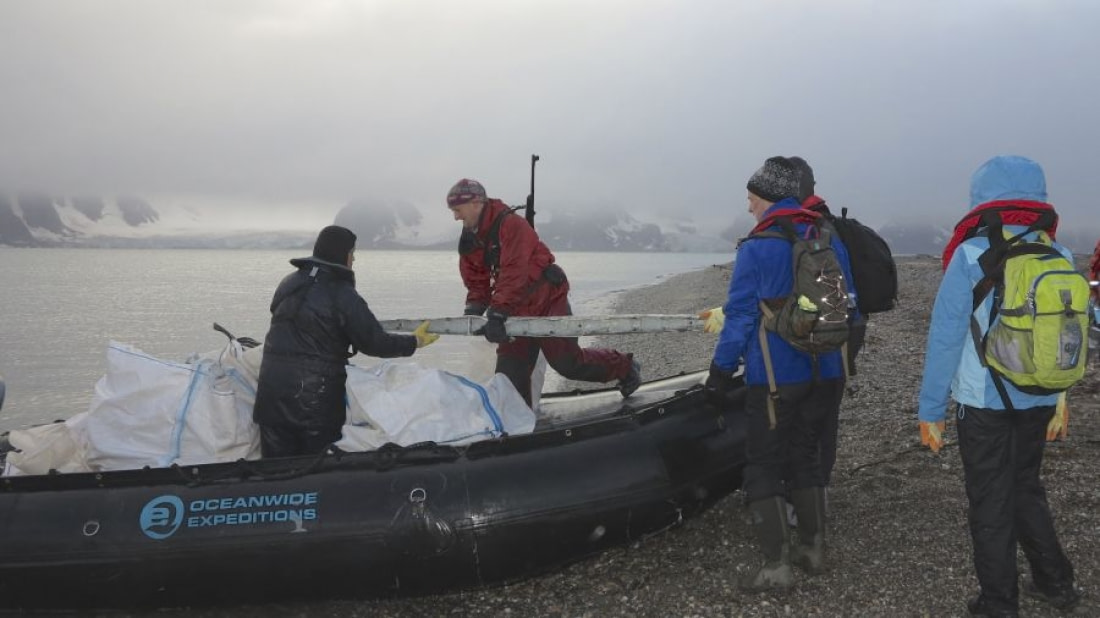
These cleaning groups are composed mostly of tourists who volunteer their services during their cruise holidays, helping preserve an environment they’ve grown to love.
Not only that, we assist in the documentation and analysis of Arctic litter: We’re currently helping scientists like Wouter Jan Strietman monitor plastics and microplastics as part of his Arctic Litter Project with Wageningen University & Research.
As most Arctic plastics come from fisheries, part of this project is meant to instruct these large-scale sources of litter in better practices that will prevent future pollution.
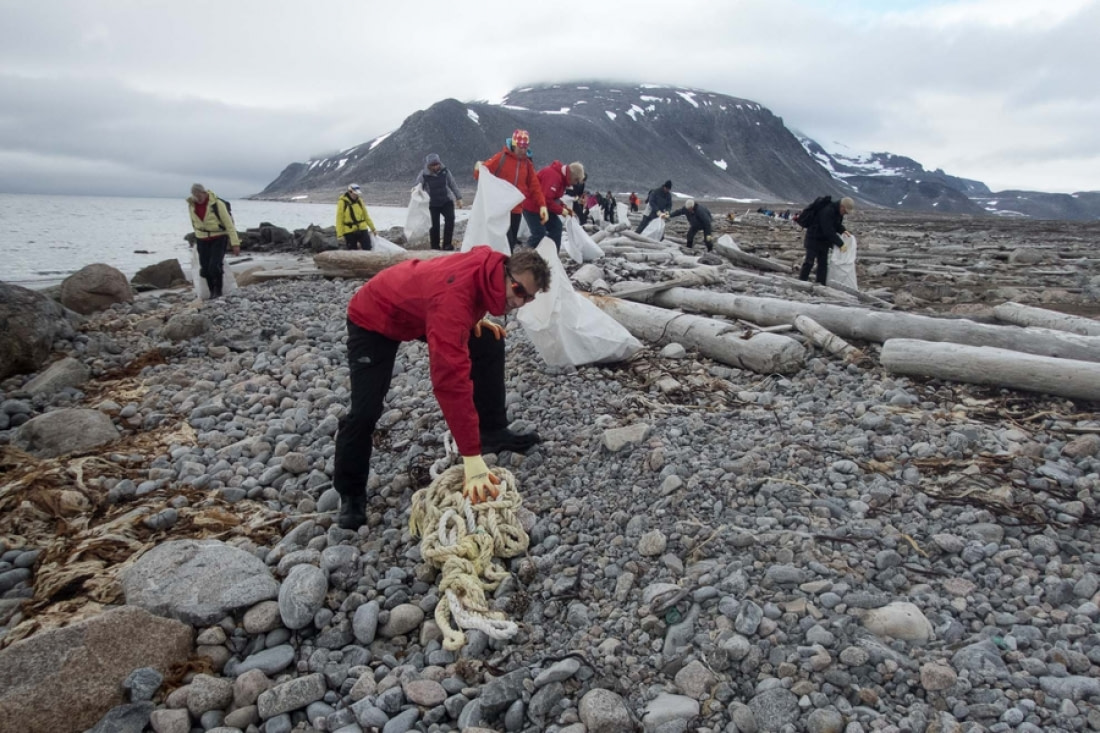
To further prevent harm to the polar ecosystem, we also work with scientists studying non-native species in the Arctic: Martine Van den Heuvel-Greve, for example, is on our vessel Plancius studying invasive marine species in the Arctic.
As for our own practices, our guests must always clean their boots in solution when leaving or entering the vessels. Plastic, after all, is not the only polar contaminant.
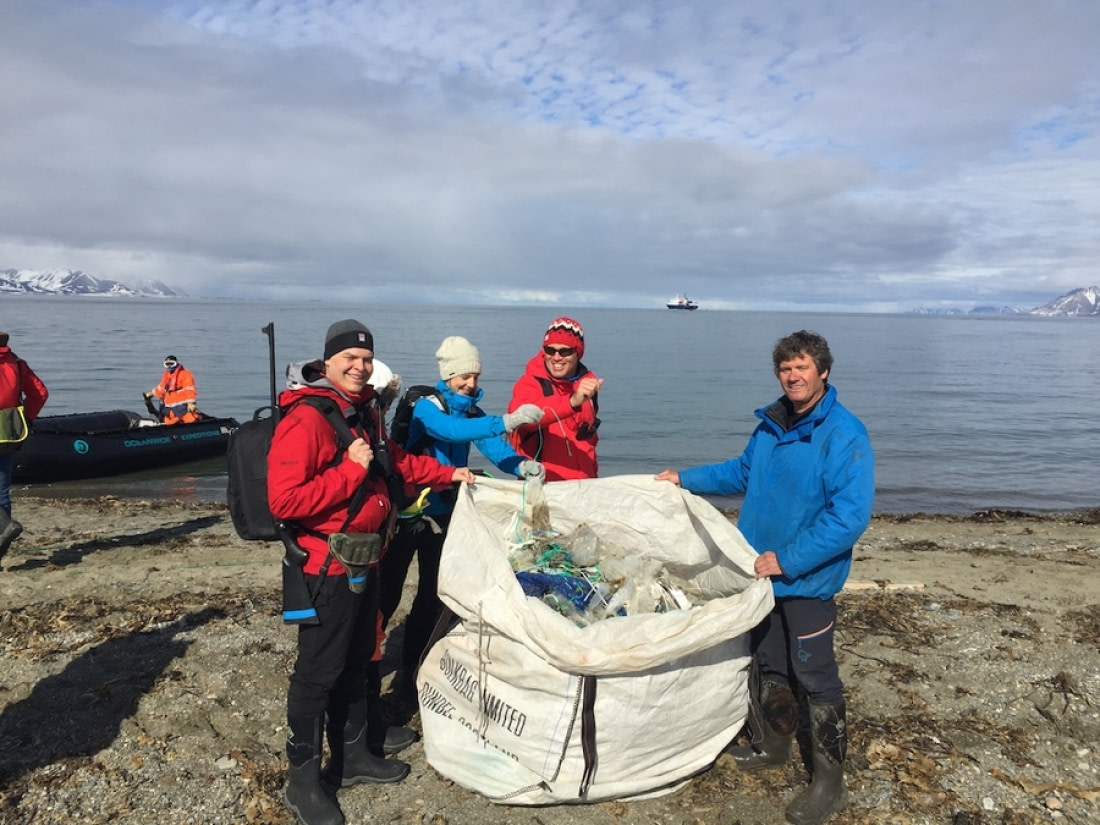
Assisting polar climate research
Other long-term sustainability solutions lie in advancing our understanding of climate change, what its effects are, and how we can curtail (or possibly even reverse) its devastating impact.
Scientists in the polar regions, an area that represents the front line of climate change, are working hard to accomplish this by studying ice cores, weather fluctuations, and CO2 concentrations.
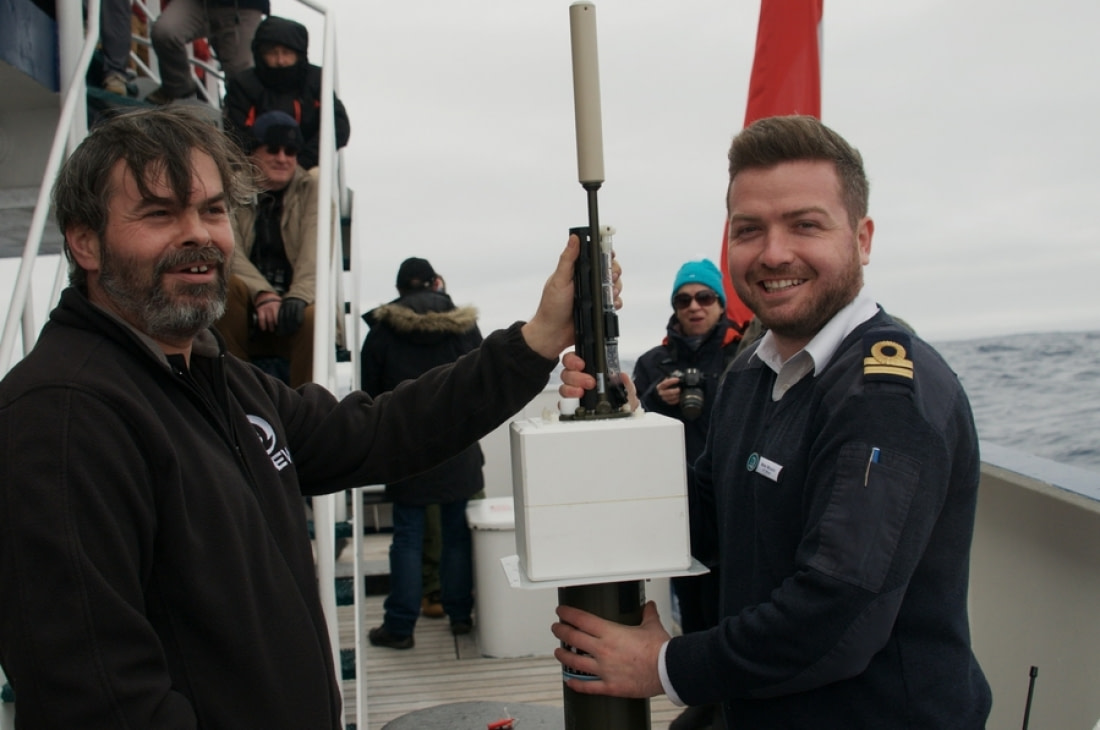
We host many of these researchers aboard our vessels and also hire some of them as lecturer-guides. This enables these scientists to share their findings with our polar passengers, who typically make for a highly receptive audience.
Moreover, we sometimes deliver scientific equipment. We’ve been helping position ARGO floats, for instance, since 2012. These floats measure water temperature, salinity, and pressure, all vital attributes for understanding how climate change impacts the oceans.
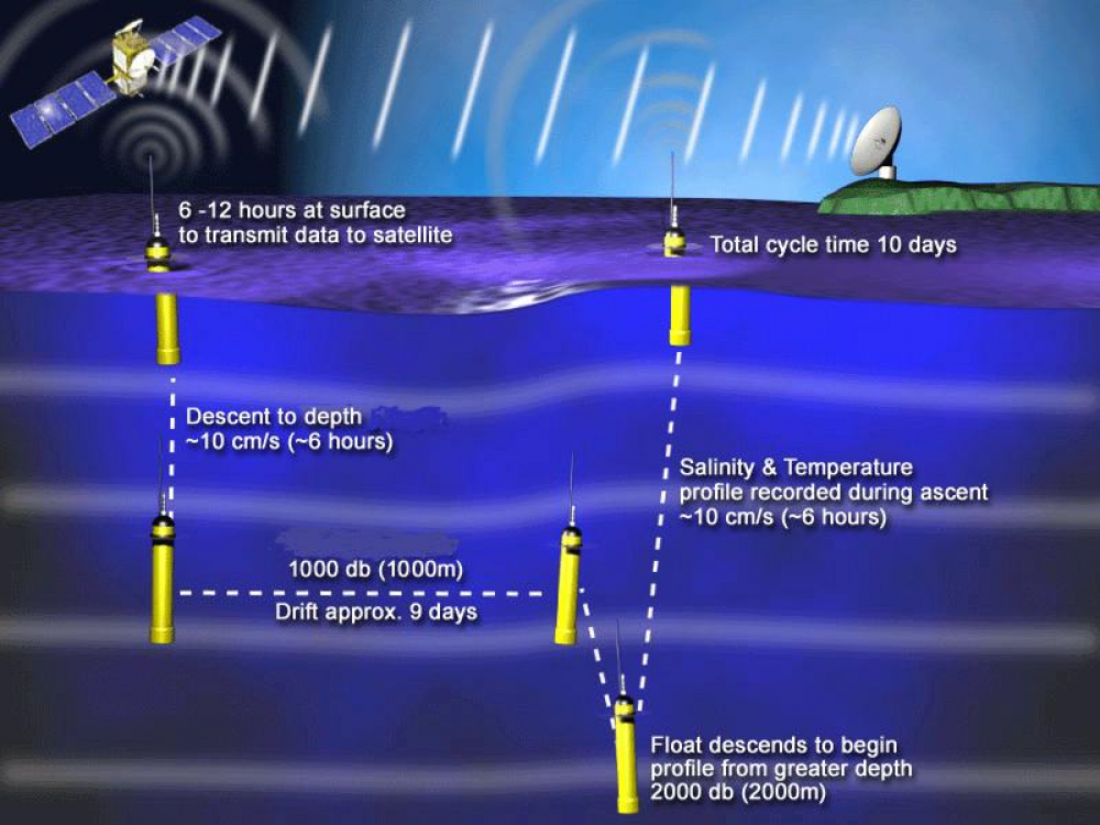
The polar regions: to see or not to see
The risk-to-reward ratio of expedition travel boils down to a familiar conundrum:
On one hand, if nobody experiences these beautiful environments, how passionate are they likely to be about preserving them? On the other, it may be impossible to eliminate the impact of travel altogether, no matter how green your technology or strict your regulations.
This predicament’s obvious answer, and probably its most realistic, is that we continue zeroing in on that ever-elusive balance between exposure and conservation.
To do this, we have to keep green-tuning our technology to the same extent that we continue advancing our understanding of the vulnerable polar ecosystem.
Our end goal should be an expedition industry that protects the polar regions as much as it reveals their transformative beauty to the world. Because while these areas are too good not to share, they’re also too precious (to us least of all) not to protect.
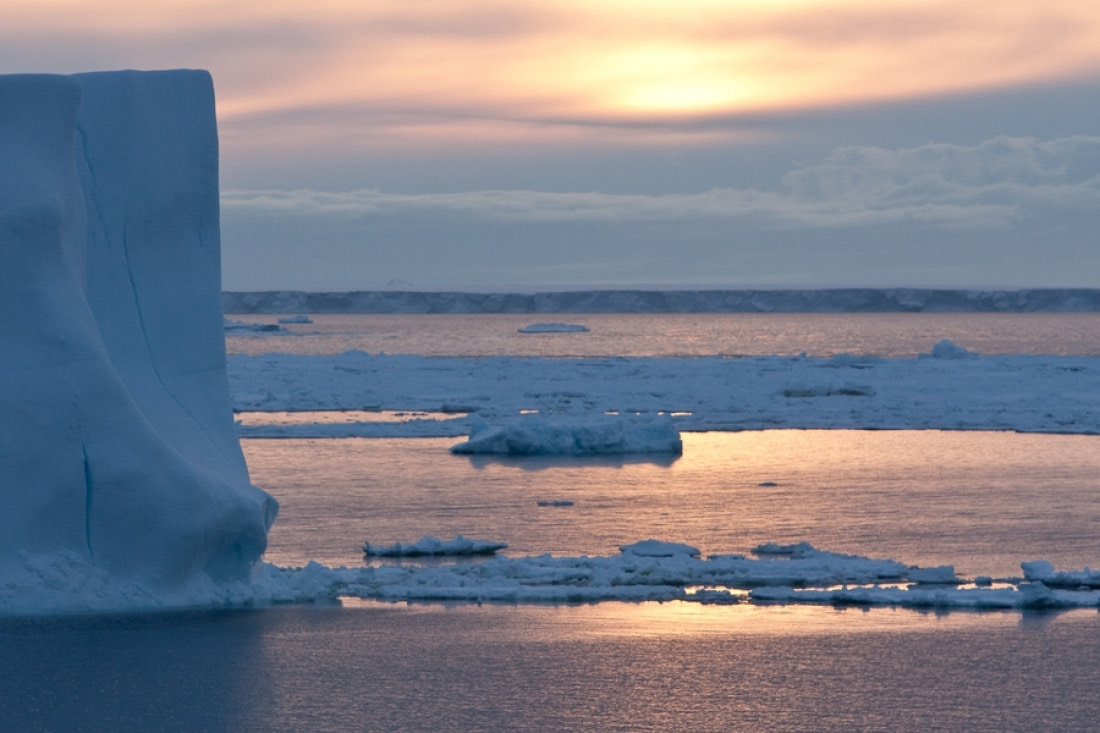
Blog


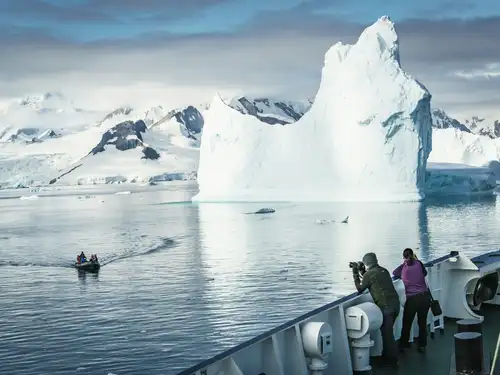
Antarctic Explorer’s Voyage
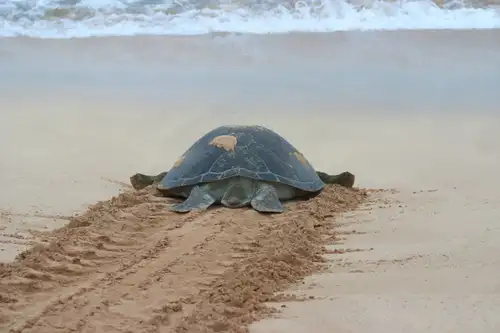
The Overlooked Treasures of Ascension Island
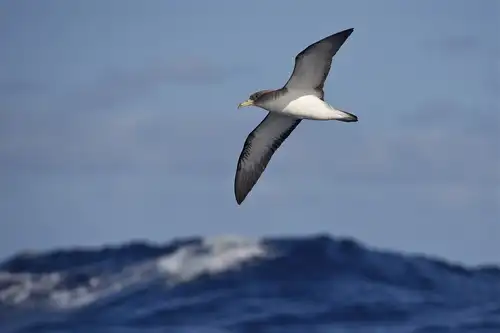
Islands of the Blessed: Things to Do Around Cape Verde
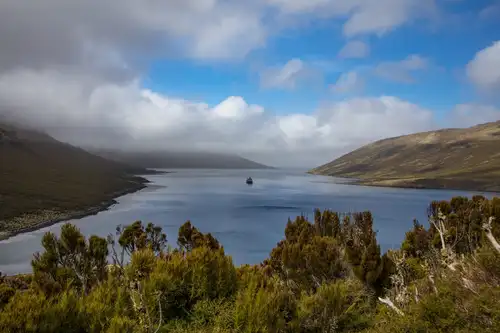
Visiting the Nearly Unknown: New Zealand’s Campbell Island
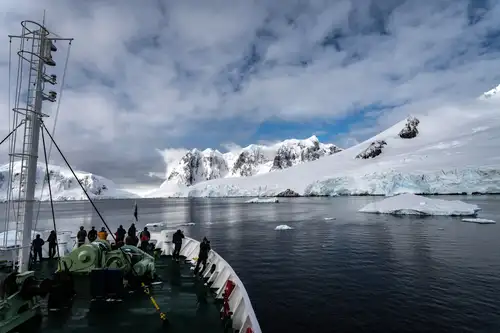
12 Things to Do in Antarctica
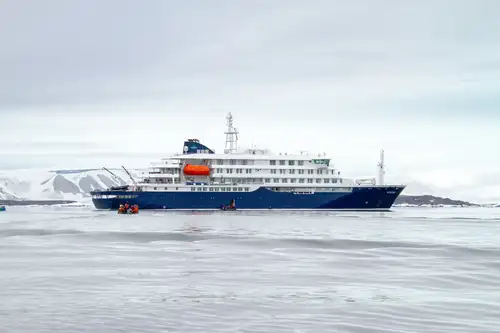
Seven Tips to Get the Most out of Your Expedition Cruise
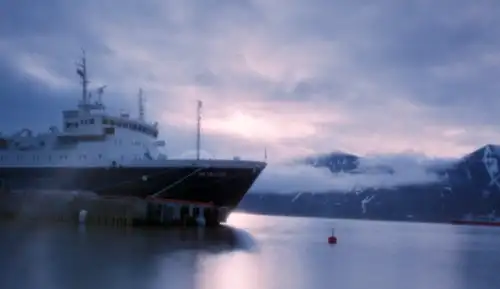
Solargraphy & Pin Hole photography in the Arctic
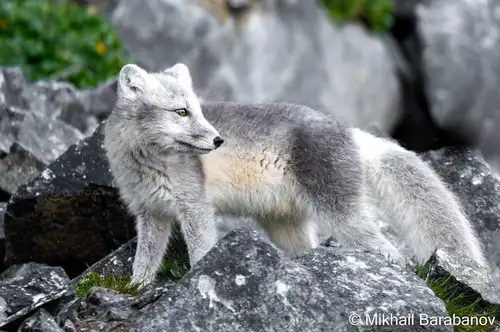
The Small Mammals of the Arctic and Antarctica
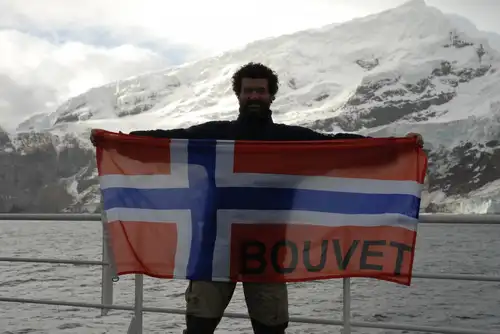
Bouvet Island: The Most Remote Island in the World
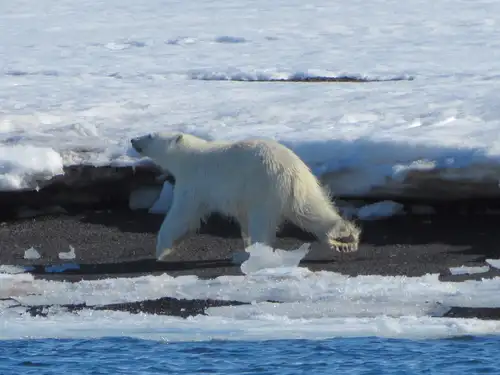
Polar bear feast

Cheapest Antarctica Cruises: How to Save on Your Journey
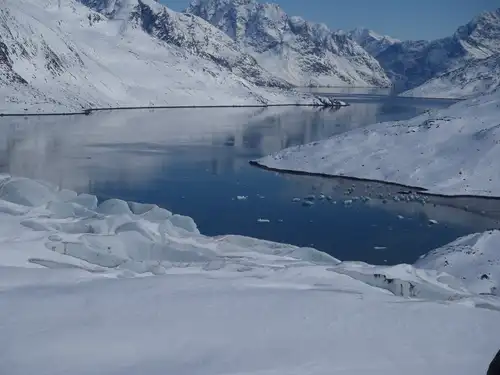
8 Scientific Wonders of the Arctic
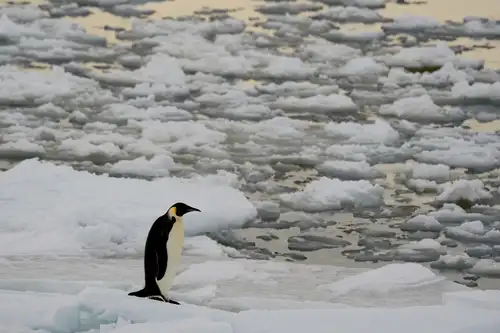
The Ways and Wildlife of the Weddell Sea
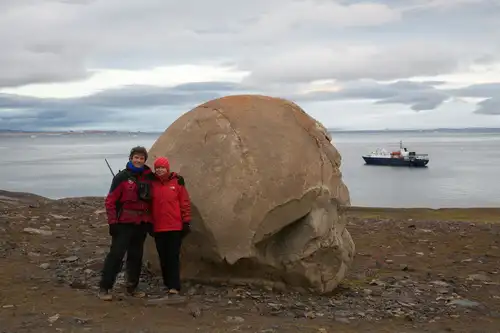
The Return to Franz Josef Land

The bio-richness of the Ross Sea

15 Fantastic Photos of Antarctica
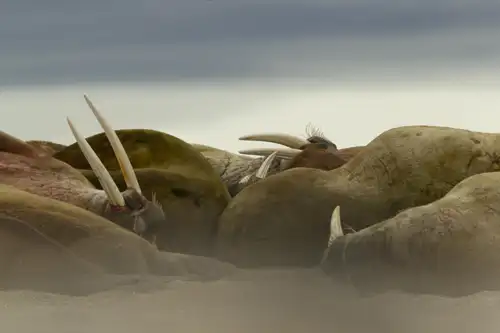
15 Toothy Facts About the Atlantic Walrus
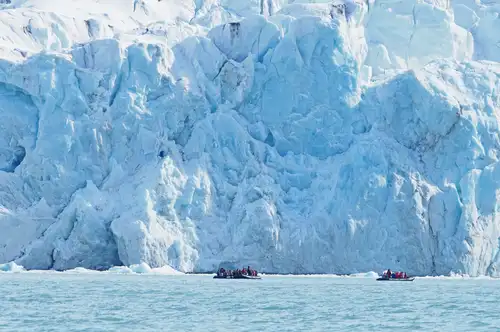
Get to Know Your Ice
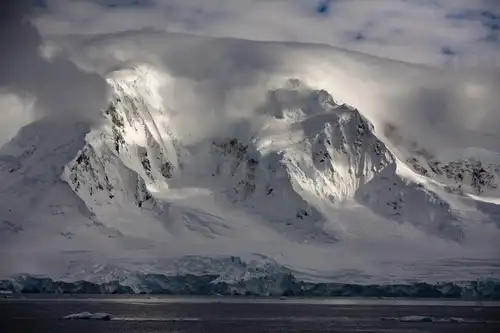
The Ancient Fossil Forests of Antarctica
